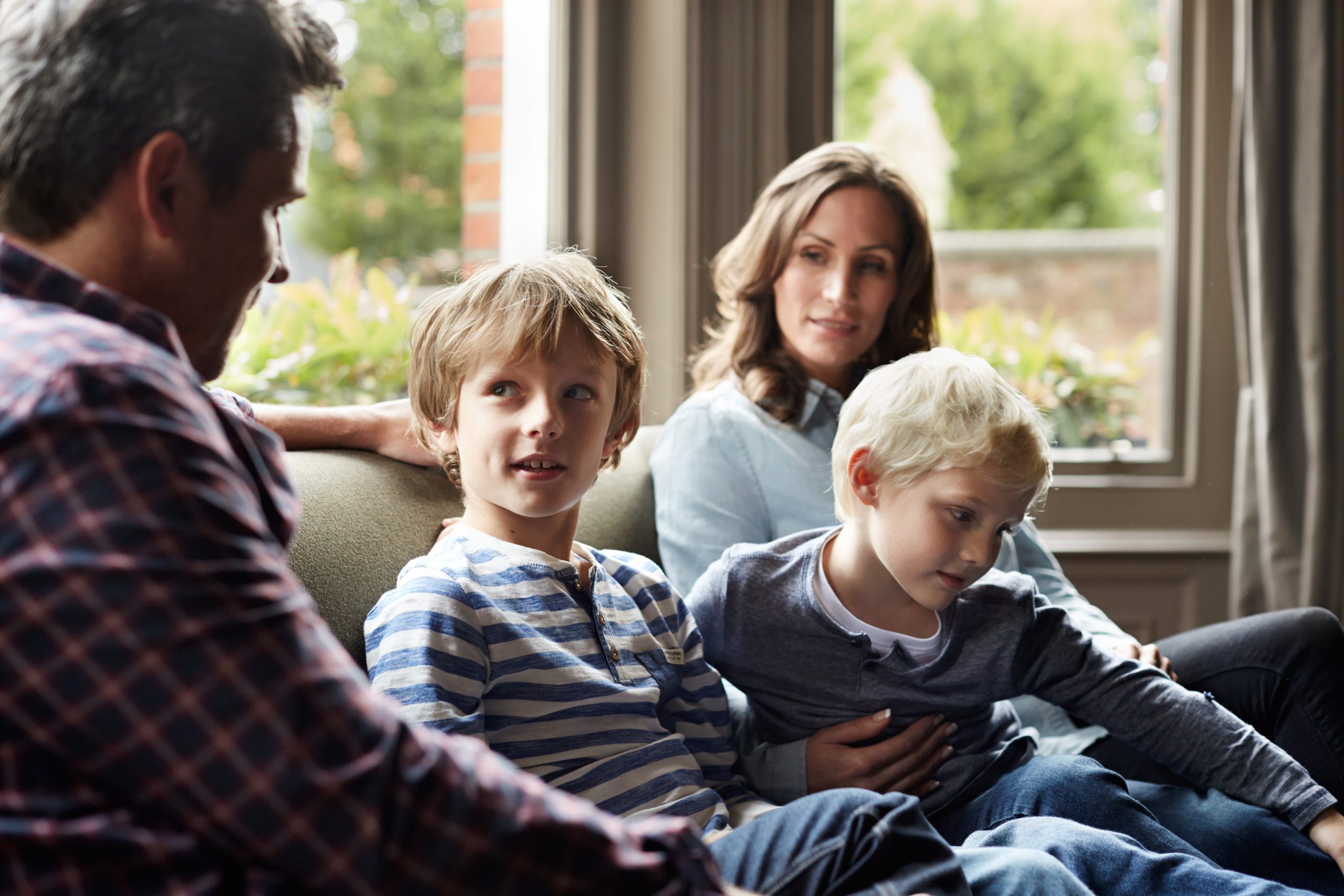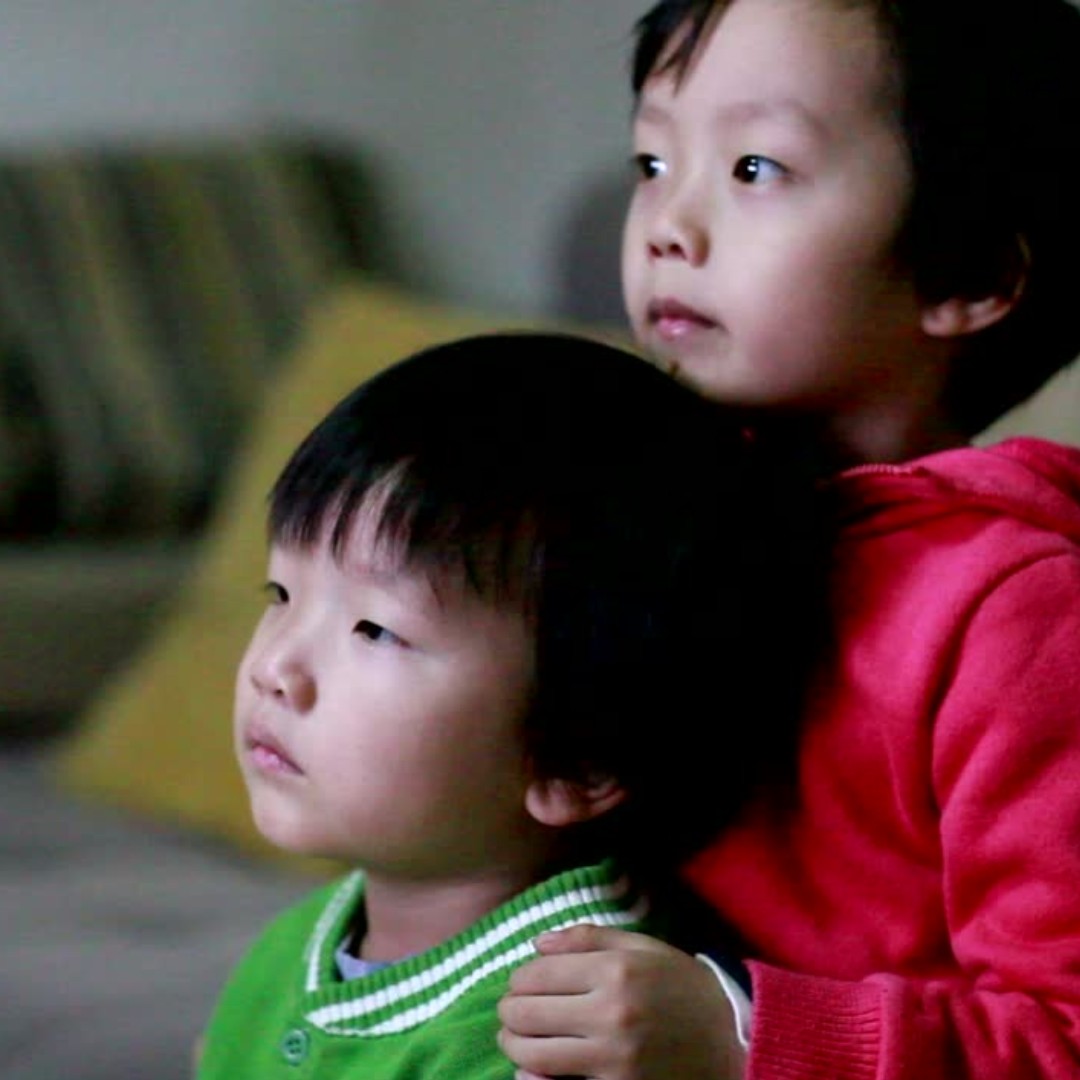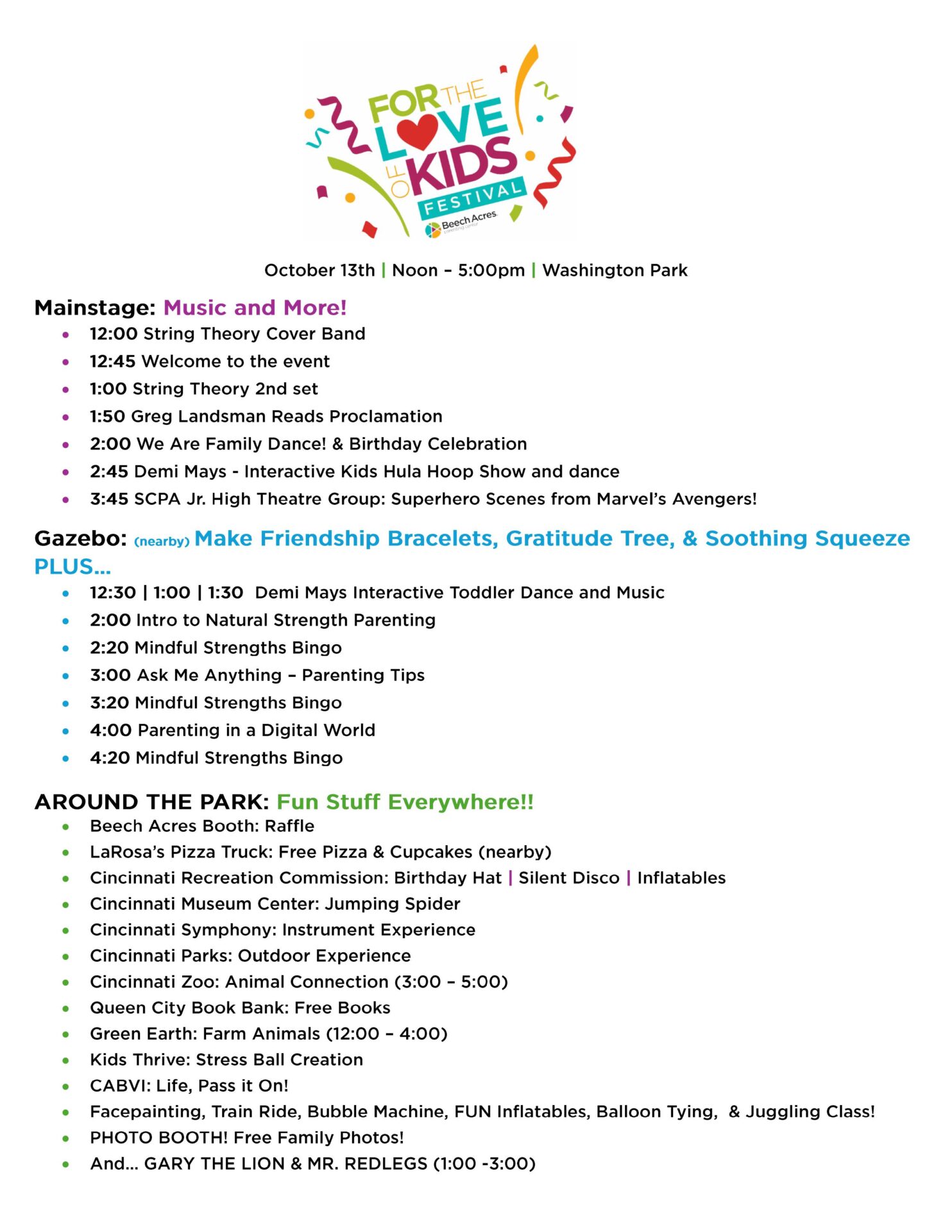Nearly All Children Feel Anxious Sometimes. Here’s How You Can Calm An Anxious Child.

Nearly All Children Feel Anxious Sometimes. Here’s How You Can Calm An Anxious Child.
Nearly all children feel anxious at times, whether it’s imagining a monster under their bed, worrying about the first day of school, or feeling uncertain about how to manage a tough situation with a close friend. In an attempt to help, you may tell your child they have nothing to be afraid of or find that other suggestions you offer are not helping.

It’s natural that out of love you want to shield your child from things that make them worried. And since we cannot always control what is going on in their world (they will move from one grade to the next for example), the best way to help is to discover ways with your child for them to manage their reaction to those uncomfortable situations.
It is always a good idea for parents to check in with their Pediatrician and here are some ideas that may also help:
Show empathy and offer reassurance.
Let them know that you don’t like those feelings either and are so sorry they are experiencing them. Offer the reassurance that most people experience scary feelings and that there are a lot of different ways to feel better. “When I am worried, I like to color (walk, etc) and it really helps me feel calm. What would you like to try?”
Do a mindful ‘body scan’ with them.
Our thoughts can oftentimes increase worrying so move from head (thoughts) to body (physical) with questions like “Where in your body do you feel scared?” or “What part of your body feels calm?” Together, visualize moving the scary feelings out of the body through fingers or toes.
Do deep breathing.
Deep breathing brings oxygen to all parts of the body and calm, gentle breathing can settle an anxious child more than words. Your child can use their fingers to represent candles as they slowly breathe in and out. “Let’s gently blow out 5 ‘candles’ together”.

Focus on their strengths.
Think of a time that they managed a situation that was unfamiliar or scary. “Do you remember when you felt worried about going to the sleepover but you ended up really having fun?” Ask them if they can share what they did to help themselves with those feelings. For younger children, suggest reading “Visiting Feelings” by Lauren Rubenstein. With beautiful illustrations and descriptive prose, it allows children to explore and befriend their emotions with acceptance. The movie “Inside Out” offers a unique perspective on how big emotions show up and ways to better understand them. For teens, ‘The Anxiety Workbook for Teens’ by Lisa Schab has a lot of different activities for older children to try.
Use metaphors to help children understand how feelings can be big and small and how they come and go.
A parent might offer a metaphor: “Feelings come and go like waves” and explore with them how their feelings come in waves: Big, small and then go away. You can use something more tangible such as toy cars. “Your cars go up and down on their tracks and on bridges. Feelings are like that, too”. Get playfully curious with them and ask how they imagine their feelings. One child made paper wings and showed how her scary feelings flew around the room all around her. And then asked mom to buy a butterfly net so that she could catch them.

Celebrate their success in any attempt to master their anxiousness.
“I know those are not fun feelings but you are very brave for working so hard to make your worried feelings go away”.
It is important to empower children to deal with uncomfortable feelings by equipping them with the tools to manage them. When they discover their own solutions with your support, their confidence soars. And this is one tool they can use their entire lives!





